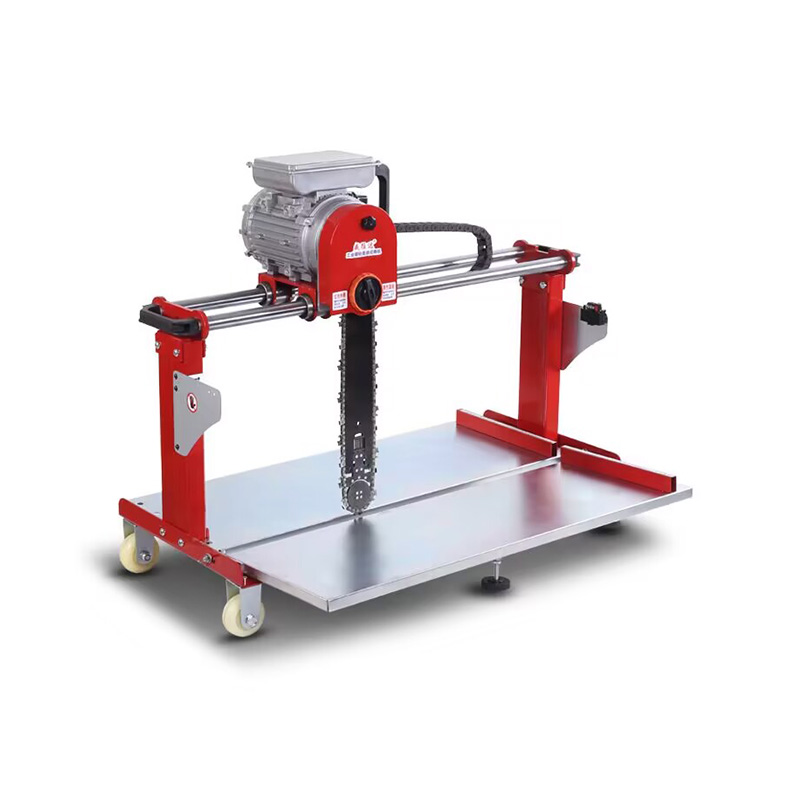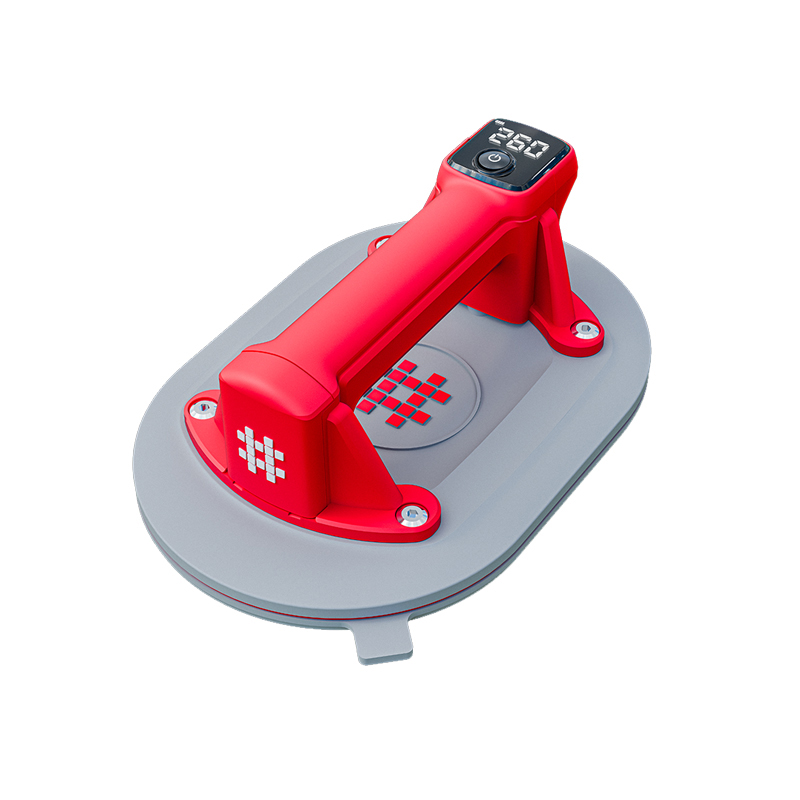You can learn the recent information of Shijing.

In the world of construction and interior design, the installation of tiles has long been a labor-intensive and time-consuming process. However, with the advent of modern tile cutting technology, the industry has seen a significant shift toward efficiency and precision. This article delves into how tile cutters are streamlining installation processes, making them more accessible and cost-effective for both professionals and DIY enthusiasts.
The Traditional Approach:
Historically, tile cutting was a manual process that required a great deal of skill and patience. Tile installers would use manual tile cutters, such as the guillotine or manual tile nippers, to cut tiles to the desired size. While effective, this method was prone to human error and could result in uneven cuts, which would affect the overall aesthetic and structural integrity of the installation.
The Emergence of Tile Cutters:
The introduction of tile cutters has revolutionized the way tiles are cut and installed. These machines come in various forms, including manual, electric, and even laser-guided models. They offer a range of benefits that have made them indispensable in the tile industry.
Precision: One of the more significant advantages of tile cutters is their ability to provide precise cuts. This ensures that each tile fits nicely into place, reducing the need for adjustments and rework.
Speed: Tile cutters can cut through tiles much faster than manual methods, significantly reducing the time it takes to complete a project. This is particularly beneficial for large-scale installations where time is of the essence.
Ease of Use: Modern tile cutters are designed with user-friendliness in mind. They often feature ergonomic handles and easy-to-adjust settings, making them accessible to a wide range of users, from seasoned professionals to novice DIYers.
Versatility: Tile cutters are capable of cutting a variety of materials, including ceramic, porcelain, glass, and even natural stone. This versatility allows installers to work with a broader range of materials, expanding their creative possibilities.
Safety: The use of tile cutters reduces the risk of injury associated with manual cutting methods. They eliminate the need for heavy lifting and the potential for accidents caused by mishandling sharp tools.
Streamlining the Installation Process:
The integration of tile cutters into the installation process has led to several key improvements:
Planning and Design: With the precision offered by tile cutters, designers can create intricate patterns and layouts that would be difficult to achieve with manual cutting methods. This allows for more creative and personalized designs.
Material Efficiency: The accuracy of tile cutters reduces material waste, as each cut is made with minimal error. This not only saves on material costs but also contributes to a more sustainable approach to construction.
Labor Efficiency: The speed at which tile cutters can complete a task means that fewer workers are needed to complete a project. This can consequently cost savings for both the contractor and the client.
Quality Control: The consistent quality of cuts provided by tile cutters ensures that the final installation is of a high standard. This can consequently fewer callbacks and a better reputation for the installer.
Customization: Tile cutters enable installers to create custom-sized tiles for unique spaces, such as irregularly shaped rooms or areas with obstacles. This level of customization can add significant value to a project.
The Future of Tile Cutting:
As technology continues to advance, so too does the functionality of tile cutters. We can expect to see further improvements in precision, speed, and ease of use. Additionally, the development of smart tile cutters that can be integrated with digital design software is on the horizon. This will allow for even greater levels of customization and efficiency in the tile installation process.
Conclusion:
The impact of tile cutters on the installation process cannot be overstated. They have transformed a traditionally labor-intensive and time-consuming task into one that is efficient, precise, and accessible. As the technology continues to evolve, we can expect to see even greater advancements that will further streamline the process and enhance the quality of tile installations. The future of tile cutting is bright, and it is an exciting time for professionals and DIY enthusiasts alike.
 English
English 中文简体
中文简体 русский
русский Español
Español Deutsch
Deutsch
.jpg)
-1.jpg)


.jpg)

.jpg)
.jpg)



-2.jpg)



.jpg)











